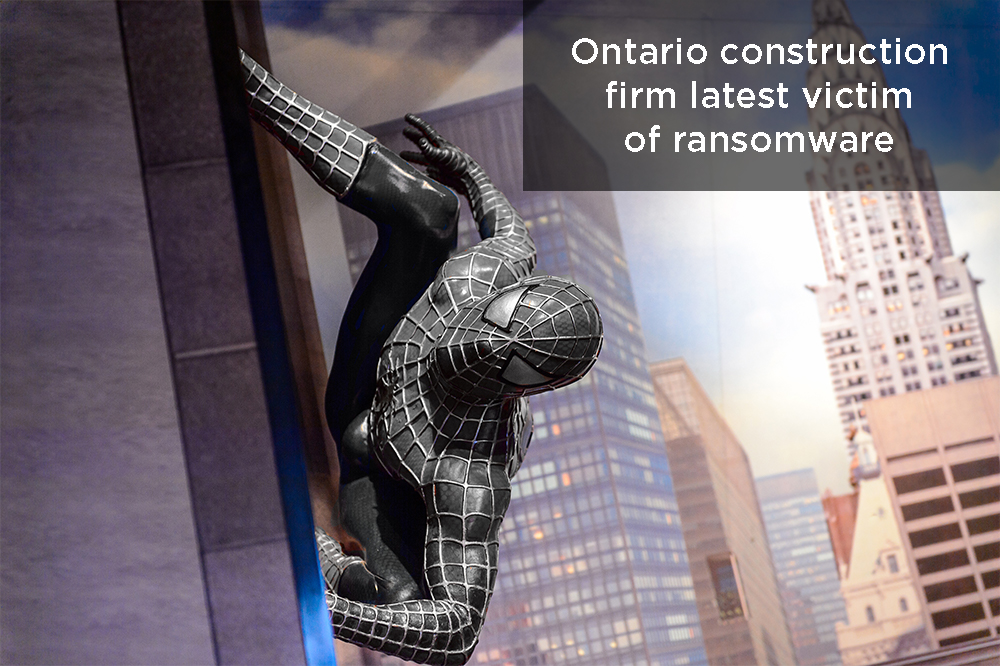“A multi-million dollar Ontario construction firm that has worked on major federal and provincial projects including facilities for national defence and police stations has been hit by a ransomware attack.”
Serious questions arose when a Canadian construction firm working on both military and federal contracts worth millions of dollars was hit by a ransomware attack. A group, Maze, infamously known for naming and shaming victims to extort payment claimed to have successfully launched a ransomware strike against the company, stealing it is believed in excess of 60 GBs of data.
Despite the company declining to comment on whether they have opted to pay the ransom, they did confirm that their business operations continued without any impact and they collaborated with a leading cybersecurity expert to restore access after the attack.
This, once again, puts in the spotlight on how you defend against ransomware. Here’s a look at 7 do’s and don’t to defend against ransomware attacks:
- Do not pay the ransom as it encourages the attackers and funds the attacks. Further, there is absolutely no guarantee that once the ransom is paid that you will regain access to your data. Instead of paying, we should invest in creating awareness and empower staff to help organization digitally defend against ransomware.
- Restore your data from a confirmed “good” backup. This is the fast way to regain access and get back to business.
- Never give out personal information when replying to an email, an unsolicited phone call or text message or any other online communication. Phishers are known to trick employees into installing malware that can be used in a ransomware attack.
- Use up to date (this part is critical!) and reputable antivirus software and a firewall.
- Use content scanning filters on your mail servers. In this way inbound emails will be scanned for known threats and attachments posing a risk will be blocked.
- Regularly update your software with the necessary patches. Exploit kits hosted on compromised websites are often used to spread malware. Patching of vulnerable software can prevent an infection.
- When travelling and you have to use public wireless internet, alert your IT department to make sure you have a secure virtual private network (VPN) when accessing public Wi-Fi.
With all the threats to your data, including Ransomware, it’s a great time to talk to us and get your data protected. When we’re on your team even ransom letters and encrypted files won’t ruin your day – your data is always safe with Stage2Data! Call us today, we’re happy to walk you through what we can offer.


